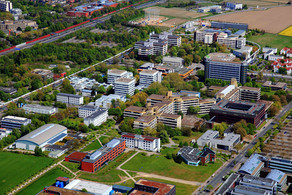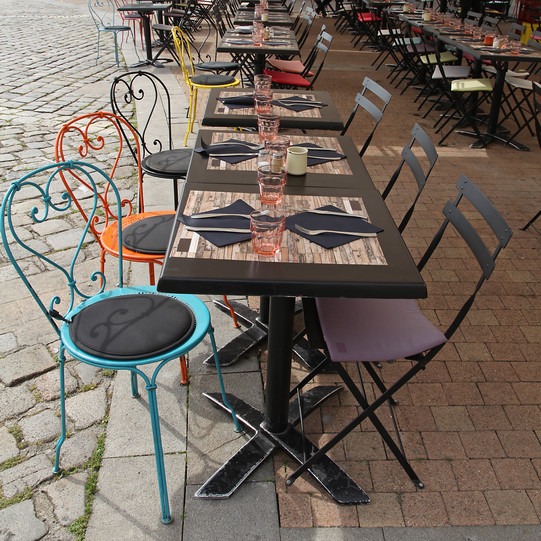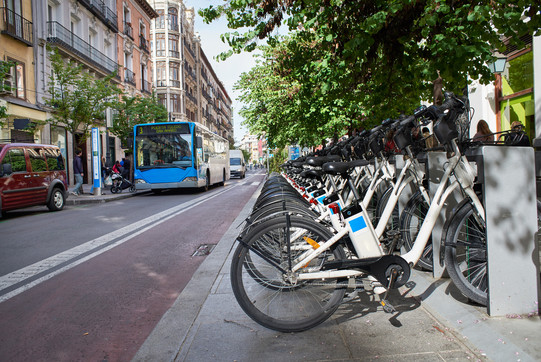Less is more
- TU News
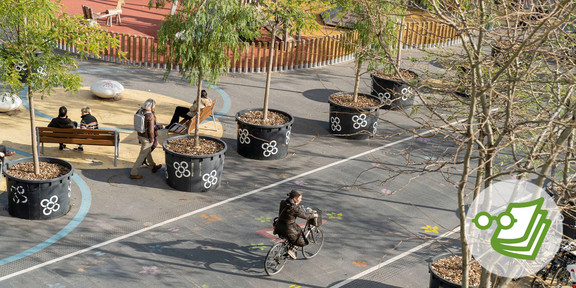
Since the end of the 1960s, the political discussion has revolved around avoiding traffic, shifting it or making it more compatible. For more than 60 years, strategies to reduce individual motorized traffic have been developed and demanded, but hardly implemented. Area-wide successes are not apparent. Therefore, the two professors of the Department of Spatial Planning - Christian Holz-Rau and Karsten Zimmermann - were interested in the question of how effective transport planning and policy are and whether the chosen strategies, instruments and procedures lead to the formulated goals.
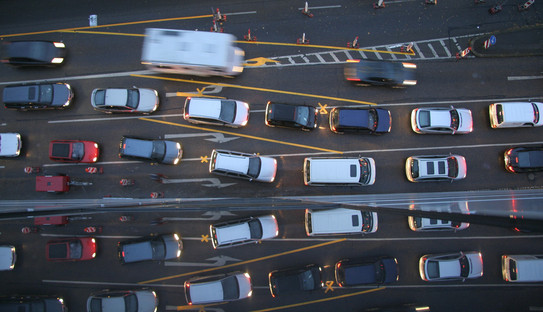
This resulted in the research project "Effectiveness of Strategic Transport Planning and Policy", which is characterized by two disciplines. Christian Holz-Rau works in the field of transport planning and management. Karsten Zimmermann brings the perspective of a political scientist. This is what the research project is all about: engineering and political science perspectives combined with practical experience. The project is funded by the North Rhine-Westphalia Ministry of Transport and cooperates with the NRW Future Mobility Network.
Pioneer cities selected
The project examines transport policy measures in ten German cities. Among them are five cities that are considered pioneers in sustainable transportation planning: Freiburg, Münster, Darmstadt, Karlsruhe and Bonn, as well as five cities that have only recently formulated ambitious transport planning goals: Leverkusen, Bocholt, Dortmund, Alfter and Lünen. Examples from other European countries complete the picture. In addition to analyzing the status quo, the researchers also shed light on the possible reasons for the failure of good strategies.
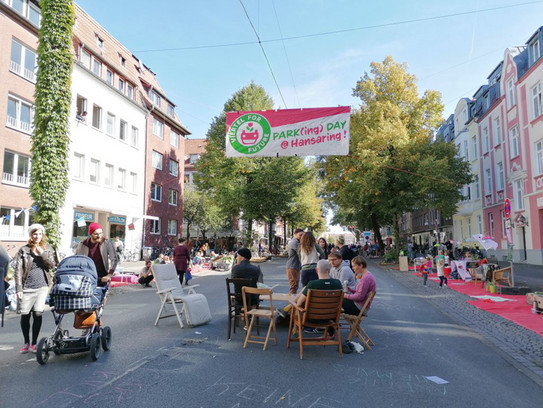
In the first step, the five pioneer cities and municipalities were selected. A comprehensive literature search was used for this purpose. Which municipalities are frequently mentioned with a positive connotation? Furthermore, transport scientists were asked which cities and municipalities stand out from their point of view. In addition to the German pioneers, four cities from other European countries that are internationally regarded as role models for sustainable transport planning were also examined: Vienna, Utrecht, Houten and Zurich. First, the working group around the two professors obtained an overview of the possibilities and approaches of sustainable transport planning.
In the second step, transport supply and demand in the study cities were compared. Which projects have already been implemented in the municipalities and how effective have they been? Where are there similarities and differences? In the third step, the political science side of the research project was added by analyzing and comparing the transport policies of the individual cities and municipalities. For this purpose, the researchers conducted interviews with representatives of administration, politics and civil society. At the same time, they drew on existing data: nationwide mobility surveys, surveys of the road network, data on traffic safety and data on car ownership. The end result will be recommendations for sustainable transportation planning and policy.
Impulse often comes from outside
Karsten Zimmermann can already name some initial findings: It is often impulses from outside the transport administration and policy that provide the decisive impetus for change. "Even in the pioneering cities, it is not always politics that provides the impetus. Often, traffic in cities is influenced by social milieus. Only when politicians recognize the trend, for example toward more cycling, do they respond by expanding the network of bike paths," explains Zimmermann.
However, many municipalities also report communication problems. The projects do not reach the citizens. Zimmermann also sees a need for action here: "The municipalities have to get people on board and make the plans for a more livable, sustainable city transparent to them. The signs for citizen participation are good, there is a spirit of optimism." The "Fridays for Future" movement or pop-up bike paths are examples of this, he said. However, he said, cities need to move away from pure traffic planning to mobility planning. "They must create alternatives, but they must also not, for example, advertise cycling until they have created the necessary infrastructures. Otherwise, the negative experiences will frustrate people," says Zimmermann.
At the same time, the studies conducted so far show that the differences between cities are limited to shorter distances. "If we only look at traffic within the cities, bicycle traffic dominates in Münster, for example, while cars dominate in Dortmund. That is not surprising. But if we look at all journeys, i.e. including journeys beyond municipal boundaries, the differences are small," emphasizes Christian Holz-Rau. It could even be that the increase in bicycle traffic in the cities creates more space for commuting car traffic. Domestic car traffic decreases, creating more space for out-of-town vehicles. This is then a so-called "rebound effect."
That is why it is particularly important to focus on inter-municipal coordination: on transport associations that really work and are so attractive that public transport becomes efficient. Karsten Zimmermann gives an example from Southern Germany: "Freiburg is very popular as a place to live. That's why there are many people who like to live here but commute out to work. These long distances are anything but sustainable." How do you get commuters to use public transport? There needs to be much more inter-communal cooperation here, he said, with everyone looking at the big picture and not just their own interests. "After all, the long distances across municipal boundaries are a huge burden on the environment," says Zimmermann.
Cities of the future
If the two professors could create a wish list for the cities of the future, Christian Holz-Rau would start small: "Let's take a look at sidewalk parking. Standing cars obstruct pedestrian and bicycle traffic or prevent other uses of the space for children's play, communication or outdoor catering. If policies make parking more difficult, we see a clear trend for car traffic to decrease and urban space to increase in quality." Accordingly, parking management is a key lever for municipalities. Parked cars should be banned from the roadside and from the sidewalk area, which would improve the quality of stay, make cycling safer and that would also have a positive impact on the environment.
This is also the vision that both scientists have of more livable city centers: more space to stay, play and talk. Wherever possible, people should travel by bike. They cite car-free neighborhoods as examples that should be implemented on a larger scale. "Overall, it can be said that measures such as cheap tickets for public transport or better offers for cycling alone do not bring the desired success. At the same time, car traffic must be restricted, for example through fewer lanes, more parking bans and speed limits," Holz-Rau summarizes. For climate protection, the federal government in particular would have to act more consistently. "But those who expand federal highways and freeways make it increasingly difficult for cities to reduce the burden of car traffic," says Holz-Rau. Karsten Zimmermann adds, "Smaller electric vehicles in the urban fleet, small electric buses that run more individually than the normal lines and can be ordered via app, for example, are an interesting prospect for the future. More bike lanes would also be desirable."
The research project will still show which successful concepts the cities should specifically apply and how they communicate the whole thing in the best possible way. It started in March 2019 and will run for three years. After that, the results will be made available to the participating municipalities. Christian Holz-Rau and Karsten Zimmermann are looking forward to the final phase of the project at TU Dortmund University, "because TU Dortmund University is the ideal location for such interdisciplinary research work," the researchers agree.
Text: Anna-Christina Senske
About the people
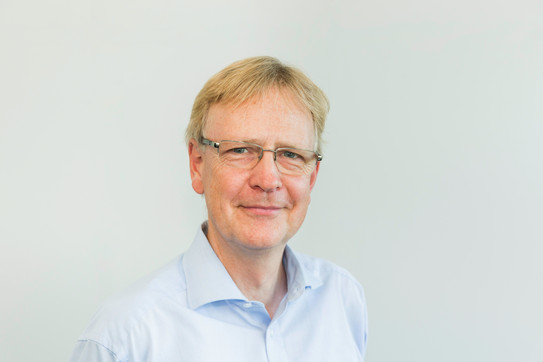
Prof. Christian Holz-Rau has been Professor of Transportation and Transportation Planning at the Department of Spatial Planning at TU Dortmund University since 1998. After studying "Planning and Operation in Transportation" at the Technical University of Berlin, he became a research assistant at the Department of Integrated Transportation Planning there. There he also received his doctorate and habilitation in 1990. From 2002 to 2012, Prof. Christian Holz-Rau was a member of the advisory board for the implementation of the National Cycling Plan. His main research interests at the Technical University of Dortmund include strategies and concepts of integrated transport planning and the transport and mobility turnaround, as well as traffic surveys and transport models.
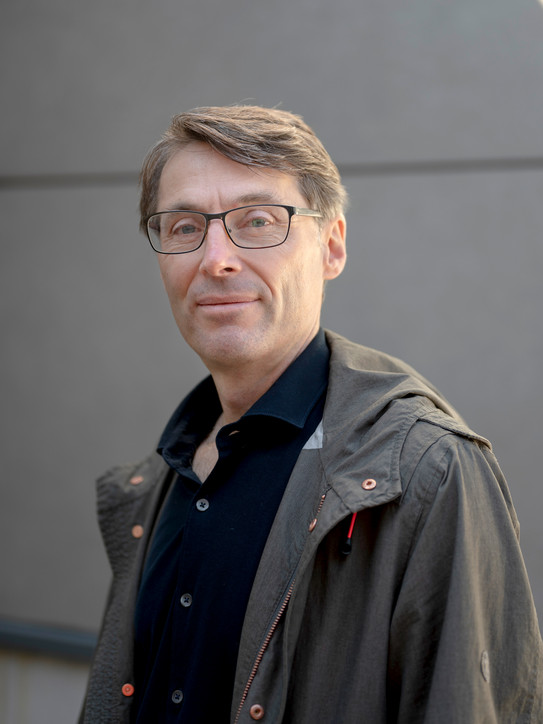
Prof. Karsten Zimmermann has been Professor for European Planning Cultures at the Department of Spatial Planning at TU Dortmund University since 2012. After studying social sciences at the University of Hanover, he earned his doctorate in landscape architecture and environmental development. He then conducted research at the Institute for Regional Planning and Spatial Development at the University of Hanover before completing his habilitation in political science at the TU Darmstadt in 2010. Between 2013 and 2017 he was president of the European Urban Research Association, and since 2021 he has been editor of the journal Urban Research & Practice. His focus is on international comparative planning research, European integration, local and regional politics, and administrative research.
This is an article from mundo, the research magazine of TU Dortmund University.

